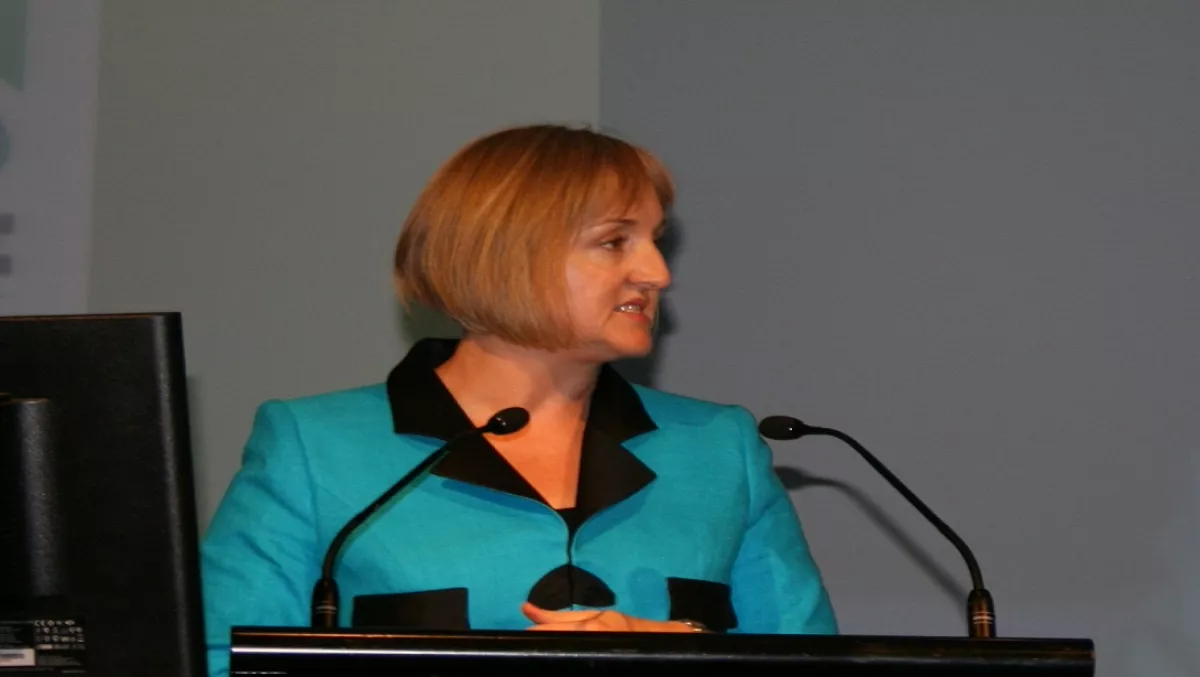
We're building a UFB network, now who will come?
New ICT Minister Amy Adams has taken to the stage at the Commerce Commission’s Future with High Speed Broadband conference to outline the government’s four-pronged strategy for making sure kiwis get the most out of the government’s $1.35 billion Ultra Fast Broadband project.
Adams acknowledges that where her predecessor Steven Joyce’s primary task was ensuring the UFB network was built, hers is ensuring it is used.
"In many ways the preparatory work is already done,” Adams says.
"I see my role as making sure [UFB] is commercialised in a way that is most the most benefit to New Zealand.”
Adams says there are four sectors which will be the most important in ensuring uptake, due to their influence in the community and the government’s influence over them: schools, health providers, government departments, and business.
For schools, Adams says the government’s Network for Learning initiative, a dedicated school UFB network due to start becoming available in 2013, will set a standard for internet speed among students and educators.
"What happens in schools will flow into homes,” Adams says.
For health services, UFB will enable more cross-over of records as DHBs move to the cloud, as well as the uptake of more efficient service delivery methods, such as electronic monitoring and remote diagnosis via video.
Uptake by the government will be led by Adams herself, in her joint role as Minister of Internal Affairs.
As for business, Adams says she expects the ICT industry to show leadership in driving uptake, although if this doesn’t happen, the government is prepared to step in.
"We are aware that premature government action could stifle innovation,” Adams says.
"New Zealand is looking to [the ICT industry] for innovation and forward thinking.”
The Future with High Speed Broadband conference finishes today; you can watch a live stream of the event here.

